Hall Puckett
Member Spotlight - April 2020
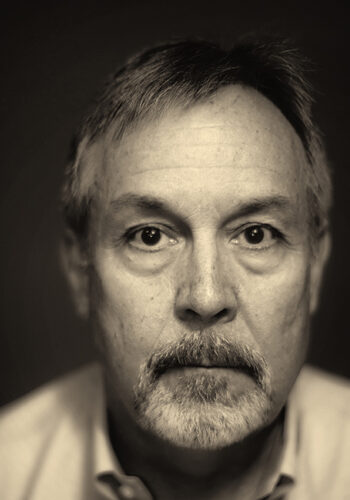
- Where did you grow up, and where do you live now?
I grew up all over the south, with the majority of it in Tennessee. I was offered a job in Houston right out of college that, while totally unrelated to photography, I felt I could not pass up. That lasted about a year and a half. In the fall of 1979 I started working for a weekly newspaper. I have lived in Houston since 1977.

- Why did you join TPS, and how long have you been involved?
I joined TPS mainly because the kind of photography that is regularly presented there is the kind of photography I am interested in. I have been a member since 2015.
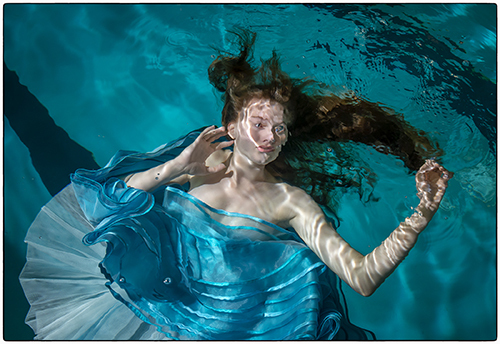
- Why did you become a photographer? / What do you like about photography?
I was drawn to photography from an early age. In the sixties I soaked up LIFE Magazine like a sponge, always fascinated by the incredible images. Like many people I played with the family Brownie and later had one of the cartridge cameras with the spinning flash cube. My first 35mm was a Mamiya 500TL, sold to me by my high school art teacher. He and another teacher that produced the high school yearbook had approached me out of the blue to head up the photography for it. They told me I needed a real camera to shoot with so this was my introduction. I don't remember any specific instruction they gave me about how to process film and make prints, but I must have learned it from my art teacher.
Later, when I had an opportunity to be paid to take pictures, I jumped on it and I have never looked back. I have been making a living as a photographer since 1979. Initially I had to supplement that with other jobs until I was able to support myself entirely from photography.
While I appreciate composition and concept, I need to see technical excellence right along with it. All I ask is that the image holds my attention. A good photograph, in my opinion, is one that makes me want to go take pictures.
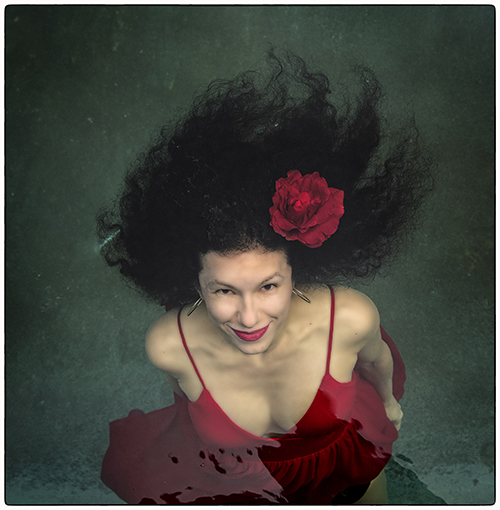
- Where or from whom do you find inspiration or motivation for your work? / Do you have a mentor?
My early amazement came from the images in LIFE Magazine, but then expanded to the likes of Ansel Adams, Duane Michaels, Jerry Uelsmann, Edward Weston, Joel-Peter Witkin and on and on. I find inspiration for my work from every photographer that ever took up a camera. I mean "every" photographer! The beauty of photography is that anyone can take a picture - you don't have to be a professional or a teacher to take wonderful pictures.
Lots of people encouraged me early on, but no one as much as my mother. She is responsible for me getting my first job. If it was not for her "badgering" me, I would have never made the phone call that started it all. My mom was creative in her own way. She painted a few still lifes when she was young, but not after I came along. My mom just encouraged me to do the things I liked to do. She realized I loved taking pictures. She saw an opportunity in an ad to work for a weekly newspaper and told me about it.

- How would you describe your photography and/or working process?
Since I shoot commercially for a living, my basic approach is to meet the needs of my clients while at the same time, creating images I am proud of. My non-commercial work is pretty simple. I see things and want to take a picture, for a multitude of reasons. My water portraits are something totally different.
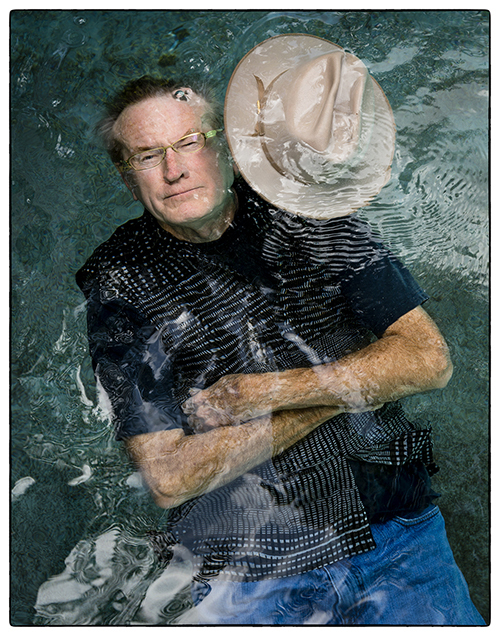
- What work are you most proud of?
I am most proud of my water portraits. My water portraits started when I saw a little boy in Savannah underneath a water wall. I convinced him to let me take his picture. It was in the early days of digital and I could see all the cool things the water was doing when it got between the camera and the subject matter. I later shot a friend's daughter in her pool and saw some of the same things happening.
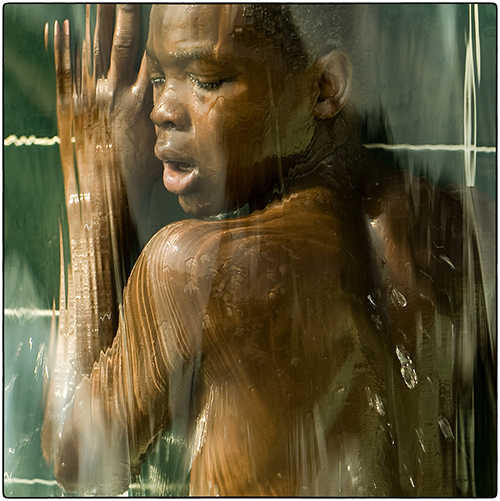
As the project evolved, bathing suits became a little boring. Street clothes brought more opportunities for color and variation, particularly the way fabric flows under the water. I also found that most people are very body conscious and asking someone to pose partially unclothed is much more intimidating than being fully clothed. It's a win/win for me.

One of the things that continues to draw me to the underwater portraits is that each one is totally different from the one before. So many things impact what is available to capture: the wind causing motion in the water, the ambient light, the person's comfort level under water. It is different every time. Sometimes I will play with electronic flash above the water just for a new effect.
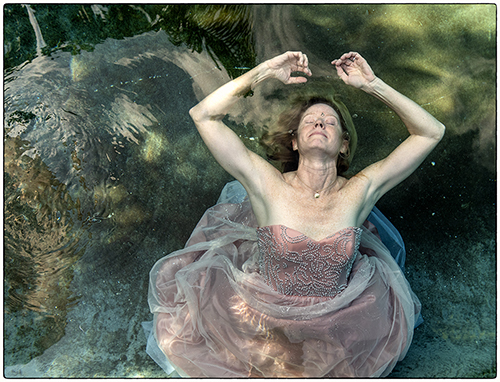
- Please tell us about your most recent photographic project or body of work.
My water portraits are what I continue to work on and hopefully expand upon. They will never end.
